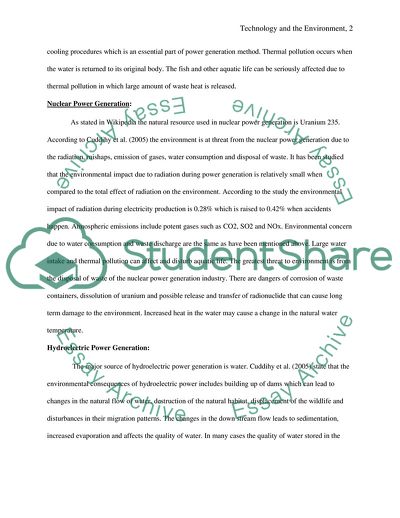Cite this document
(The Environment, Personal Responsibility, and Technology Coursework, n.d.)
The Environment, Personal Responsibility, and Technology Coursework. https://studentshare.org/technology/1706383-the-environment-personal-responsibility
The Environment, Personal Responsibility, and Technology Coursework. https://studentshare.org/technology/1706383-the-environment-personal-responsibility
(The Environment, Personal Responsibility, and Technology Coursework)
The Environment, Personal Responsibility, and Technology Coursework. https://studentshare.org/technology/1706383-the-environment-personal-responsibility.
The Environment, Personal Responsibility, and Technology Coursework. https://studentshare.org/technology/1706383-the-environment-personal-responsibility.
“The Environment, Personal Responsibility, and Technology Coursework”. https://studentshare.org/technology/1706383-the-environment-personal-responsibility.


